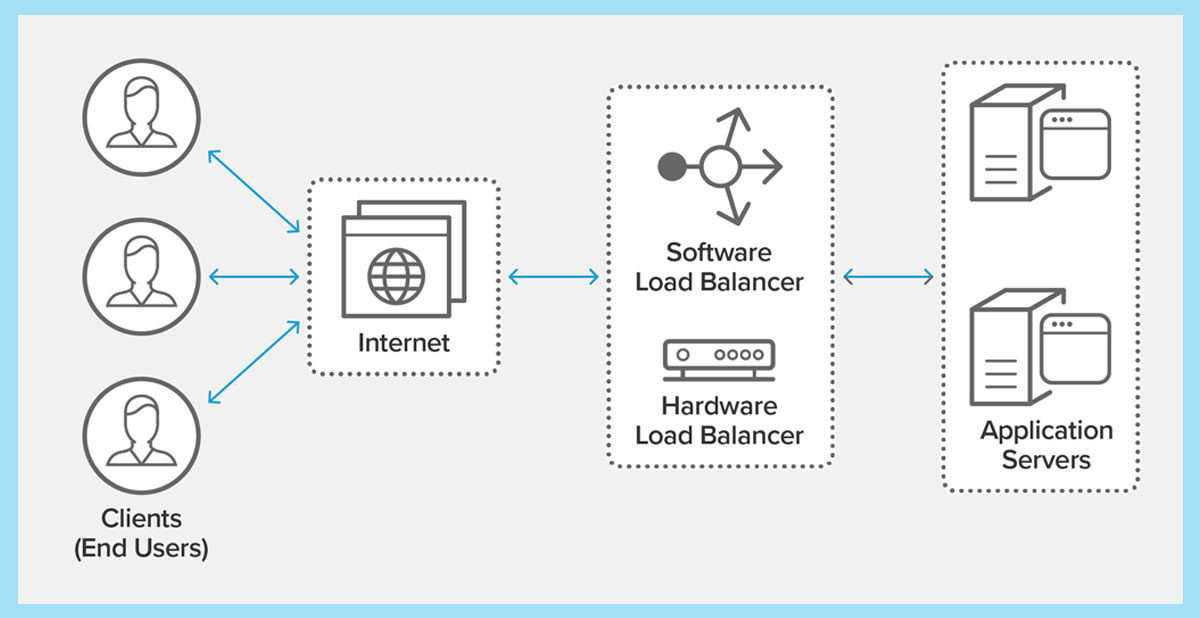Load balancing is a technique employed to distribute workloads evenly across computers or other devices in order to optimize resource utilization and avoid overloading any single device. By ensuring that no individual device becomes overwhelmed by too much work, load balancing can help improve overall performance and prevent system failures.

There are many ways to implement load balancing, but one common approach is to use a load balancer appliance. This is a hardware device that sits between the client and server devices and routes traffic to the appropriate server based on factors like server utilization, geographic location, or network conditions.
Another popular approach is to use software-based load balancing, which can be implemented using a variety of software solutions. These solutions typically provide more flexibility than hardware-based solutions, though they may not be as efficient and can be more difficult to configure.
Regardless of the approach used, load balancing has many benefits. In particular, it can help mitigate issues like server downtime caused by overloads or maintenance, improve system performance and reliability, and prevent single points of failure in multi-server applications. For these reasons, cloud service providers often employ some form of load balancing in order to ensure a high level of uptime for their customers.
Let’s take a closer look at how load balancing works and why it is important for businesses that want reliable solutions for their cloud computing needs.
Contact us to discuss your cloud service needs today and learn how load balancing can help you achieve optimal performance and uptime.
At CRS Solutions, we understand the importance of reliable cloud computing solutions for businesses. Our team of experts provides industry-leading load balancing services that enable our customers to enjoy high levels of uptime, improved performance, and greater stability in their cloud applications. To learn more about how we can help you improve your business with the latest in cloud technologies, contact us today.
Load balancing is a technique used to distribute workloads evenly across different devices in order to optimize resource utilization, avoid overloading any single device and prevent system failures. There are many ways to implement load balancing, including using load balancer appliances or
